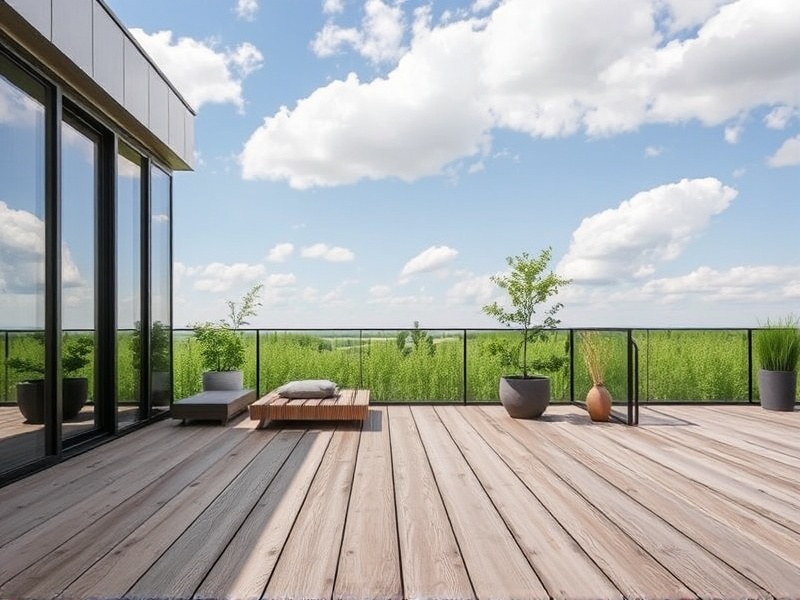Our Location
304 North Cardinal St.
Dorchester Center, MA 02124

Wood-Plastic Composite (WPC) is an innovative material that has been gaining significant attention in recent years for its eco-friendly properties and versatile applications in construction. WPC combines wood fibers with thermoplastics, typically high-density polyethylene (HDPE), to create a durable and sustainable alternative to traditional building materials like wood and plastic. By integrating WPC into various construction sectors, we can significantly enhance sustainability efforts and reduce environmental impact.
One of the key advantages of WPC is its versatility, which allows it to be used in numerous applications across different construction sectors. For instance, in residential buildings, WPC can replace traditional wood in decking, siding, and fencing due to its resistance to moisture, insects, and rot. This not only extends the lifespan of these structures but also reduces maintenance costs over time. In commercial buildings, WPC can be utilized in interior finishes such as flooring and wall panels, offering a low-maintenance, durable, and aesthetically pleasing option. Furthermore, WPC’s use in infrastructure projects, such as bridges and walkways, showcases its strength and durability under heavy loads and varying weather conditions.
The adoption of WPC in construction offers substantial long-term environmental benefits. Firstly, WPC helps conserve natural resources by reducing the demand for virgin wood, thereby decreasing deforestation and habitat destruction. Secondly, the production process of WPC typically involves recycling plastics, diverting waste from landfills and reducing pollution. Lastly, the durability and longevity of WPC products contribute to reduced waste generation and lower overall carbon footprints compared to traditional materials. These factors collectively make WPC a compelling choice for architects, builders, and consumers looking to maximize sustainability in their projects.
In conclusion, the integration of WPC into various construction sectors presents a promising avenue for enhancing sustainability. By replacing traditional materials with eco-friendly alternatives, we can significantly mitigate environmental impacts while enjoying the benefits of durability and reduced maintenance. As awareness grows and technology advances, the potential for WPC to play a pivotal role in sustainable construction continues to expand, paving the way for a greener future.
Wood-Plastic Composites: A Review of Current Status and Future Perspectives